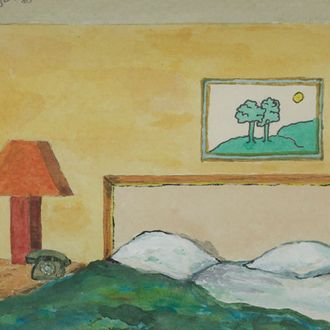
Morley Safer, the legendary TV newsman, died Thursday at age 84. So why am I, an art critic, writing about him? Like a lot of people in the art world, I feel I have a sort of history with him.
I donÔÇÖt mean to be speaking ill of the dead instantaneously, and I intend this more as a begrudging compliment: To us, Safer was a persistent pain in the ass, most famously in his September 1993 quarter-hour hit piece for 60 Minutes on the whole culture of contemporary art, snidely titled ÔÇ£Yes, But Is It Art?ÔÇØ In the segment, which quickly became insider shorthand for all the ways the wider world misunderstands and sometimes disdains contemporary art, the irascible Safer ÔÇö dressed in an almost-tuxedo and dripping with disdainful innuendo that implied that all of this was just a sham ÔÇö attacked high prices (or what seemed then like high prices), the infamous ÔÇ£politicalÔÇØ Whitney Biennial, and, of course, Jeff Koons. And even though every potshot he took seemed slanted, one-sided, his arch insinuations got under the art worldÔÇÖs skin ÔÇö a sign of different times, I guess, both for art and for television news. I remember how miffed I was when, two weeks after his hatchet job hit the airwaves, I spied him drinking free Champagne at that seasonÔÇÖs Whitney Museum benefit dinner. In 2012 he more or less repeated the drive-by, sauntering down the aisles of one of the grossest souks on Earth, the Art Basel Miami Beach Art Fair, for another segment, all the while drolly pointing to this or that fashion victim or crapola work of art, cluelessly assuming that all art was like this.
What most people donÔÇÖt know about Safer is that he was himself an artist. Or, at least, he made art. In the 1990s IÔÇÖd heard he made watercolors of motel rooms, and I continuously tried to coax him into allowing me to mount a show of them. I donÔÇÖt even know if my requests ever got to him, as I never heard from him or CBS. That changed last year, when I was writing an article on art by celebrities, and, after we reached out to him, Safer offered to send a package to New York Magazine.* Before I could say ÔÇ£OMG! The bear is coming out of the woods,ÔÇØ a carefully wrapped bundle of small original works arrived at our offices. I donÔÇÖt believe theyÔÇÖve been published, or possibly even seen publicly before.

I didnÔÇÖt hate them. What I saw had a certain earnest pathos, someone being an artist in a mid-20th-century Sunday-painter way. The work seemed influenced mainly by a very conservative idea about plain modernistic surfaces, depiction, and color. Safer was a careful drawer, and his colors stayed within lines. His subjects were ordinary landscape, portraits, churches, tourist sites, and the like.
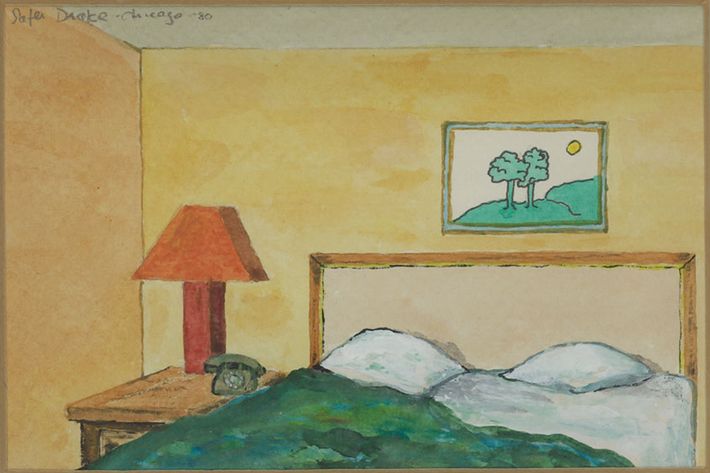
I wouldnÔÇÖt have bought any of these if I saw them at a yard sale, except one. His motel-room picture has everything youÔÇÖd want it to have, and even a little bit more. Which is to say banality, blankness, something sweet, neat, forlorn, and soul-killing. The space is cramped, the d├®cor drab and sterile; a rotary dial phone sits on the bare night table next to one generic lamp. Over the small double bed is just the kind of clich├® landscape that Safer liked to paint: two trees on a hill with a yellow sun in the white sky. Ironies extend. The rumpled bed with only one side turned down lets us know Safer has been here, alone on the road. A plain poignancy lingers, even in the uninspired style.
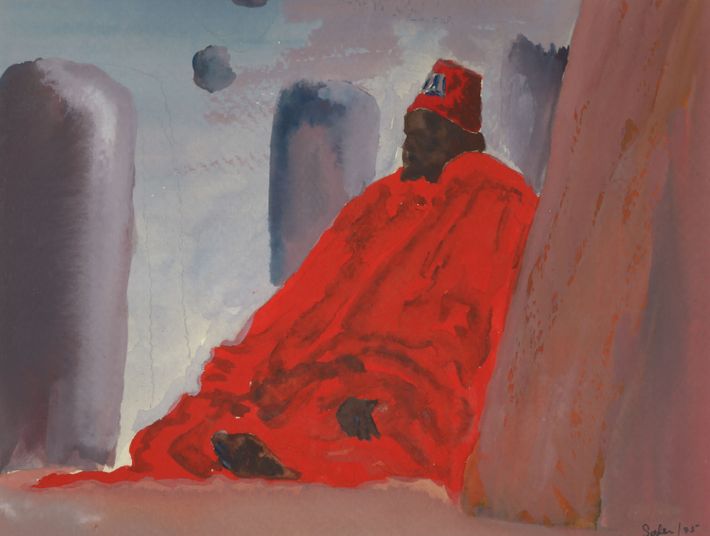
In 1990 he painted a native of Burkina Faso, West Africa. HeÔÇÖs black, sitting on the ground against a stuccolike building, and wears some sort of scarlet robe. Never mind the Orientalizing that most in the art world would spot as colonialist, Safer does the whole thing in an unhurried, controlled Gericault-meets-Matisse air.
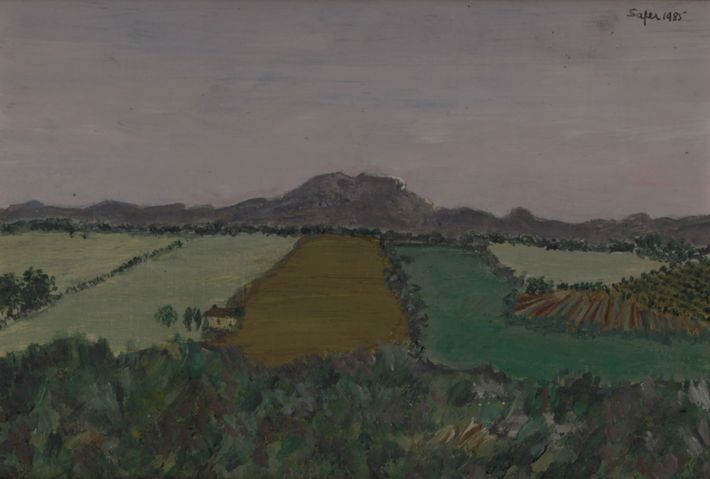
Another work from the same year finds him giving us a scene overlooking bountiful planted summer fields of musky green. (The guy obviously enjoyed his first-class perks and leisure time.) Other than a great tree that feels like it must have been made on the African serengeti, the rest of the work I saw was typical tourist postcard art. The unhurried arid mise-en-scène conjures sparsely peopled retirement communities built around golf courses.
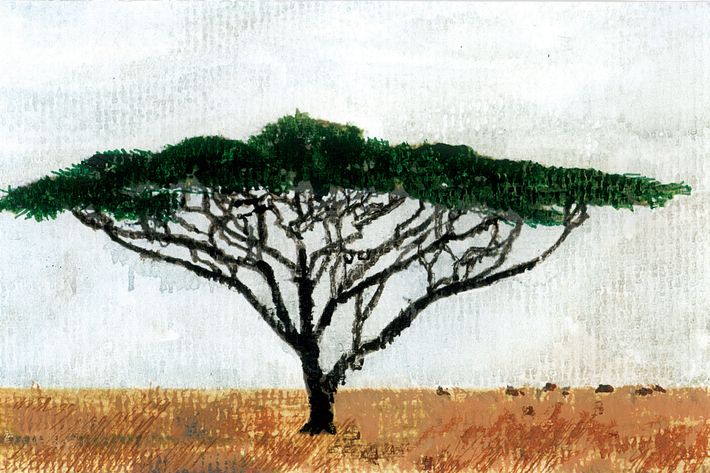
Adding to the pathos of the pictures, after the article came out and he wasnÔÇÖt included, I got another email asking me, honestly, why not, and what I thought of his art. I never got back to him. Had I, I would have said that it was too bad he never gave art a real chance, as he seemed to have a real feel for a certain strain of painting from observation. And that, had he not set himself against the whole world of contemporary art, he might have picked up a thing or two that might have helped him.
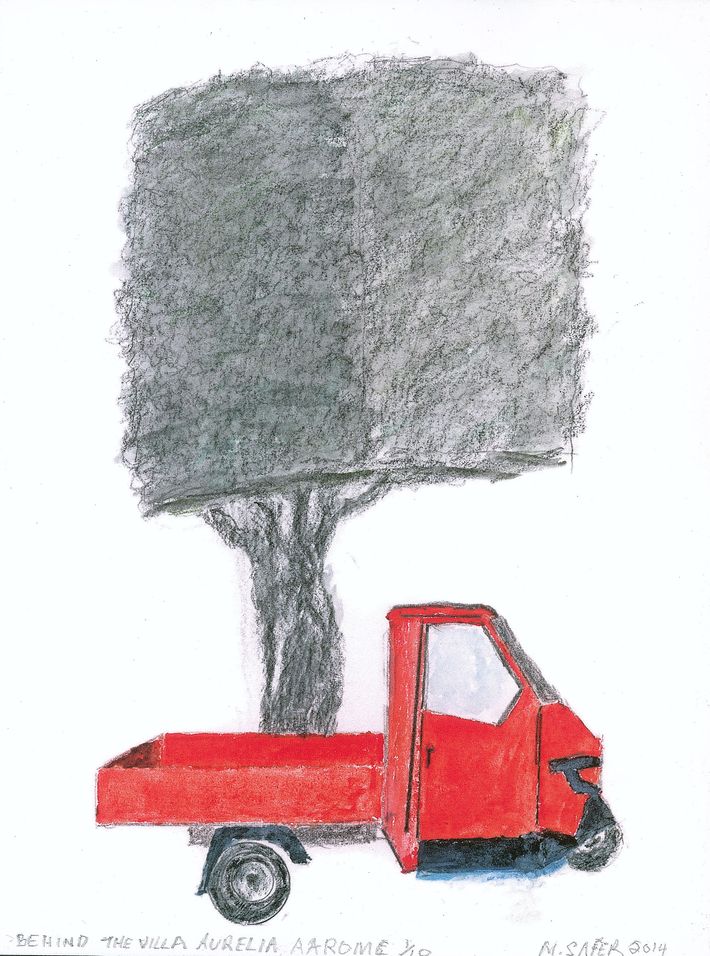
* The original version of this article stated that Morley Safer reached out to New York to share his work. In fact, we reached out to him.
*This article appears in the May 30, 2016 issue of New York Magazine.

